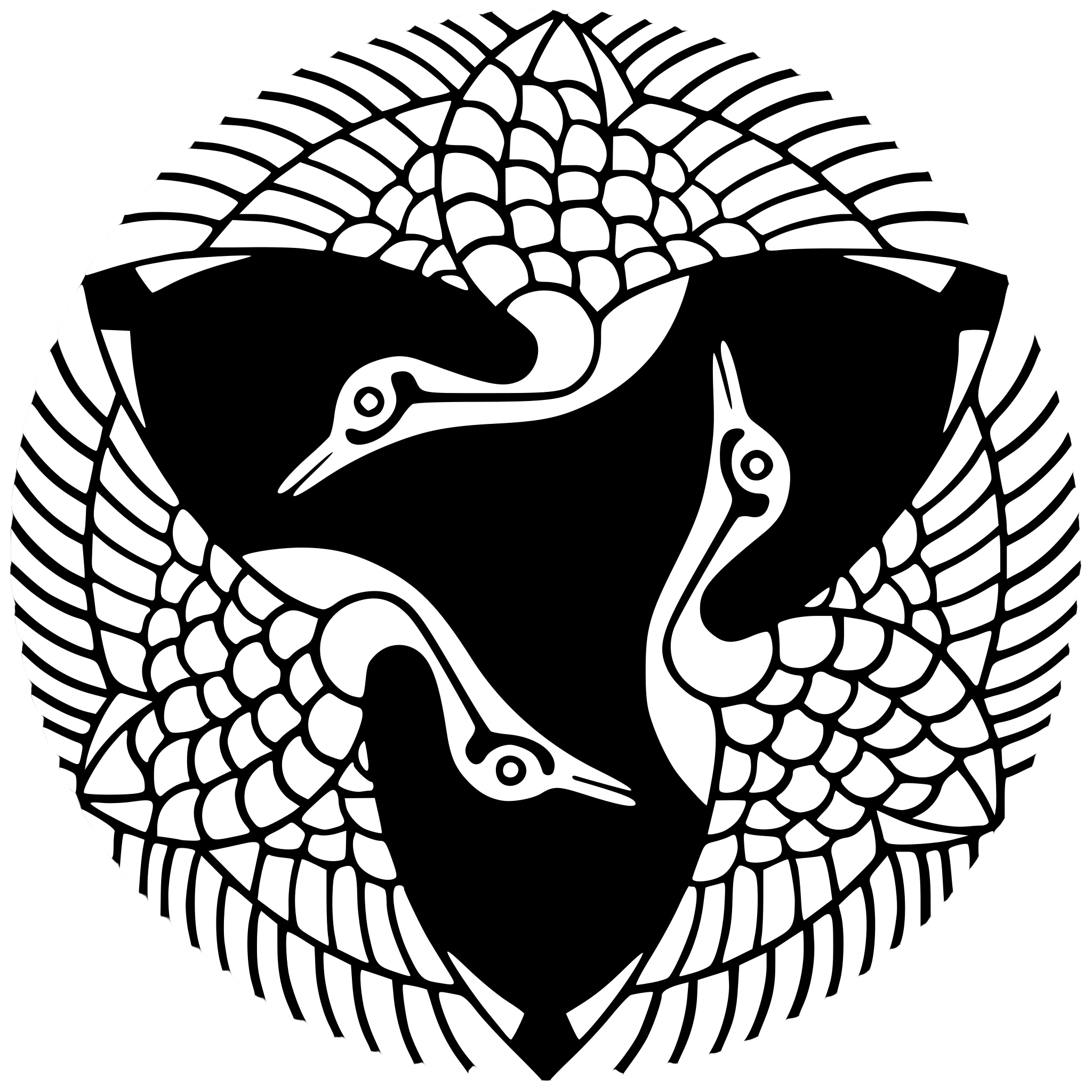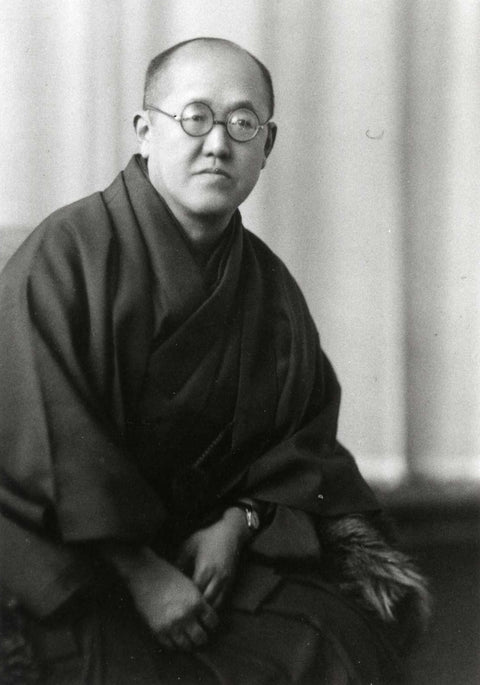Kawase Hasui: Life and Artworks of a Shin-Hanga Master
Kawase Hasui (1883–1957) is one of Japan’s most celebrated artists, known for his poetic woodblock prints that capture the serene beauty of traditional Japanese landscapes. A key figure in the shin-hanga ("new prints") movement, Hasui's works have captivated collectors, museums, and art lovers around the world. In this post, we explore Kawase Hasui's biography, his role in reviving Japanese woodblock prints, and the legacy of his timeless art.
Early Life and Artistic Training
Born in Tokyo in 1883 as Kawase Bunjiro, Hasui was drawn to art from an early age. After his family’s business failed, he pursued formal training in both Western-style (yōga) painting and traditional Japanese-style (nihonga) art. He studied under masters like Okada Saburōsuke and Kiyokata Kaburagi, who gave him the name "Hasui," meaning "spring water."
Joining the Shin-Hanga Movement
In 1918, Hasui partnered with publisher Watanabe Shōzaburō, a leading figure in the shin-hanga movement. This collaboration launched Hasui’s printmaking career with early series like Twelve Scenes of Tokyo and Souvenirs of Travel. Despite setbacks like the 1923 Great Kantō Earthquake, which destroyed his home and many of his works, Hasui continued to travel, sketch, and create prints that celebrated Japan’s landscapes.
What Is Shin-Hanga?
The shin-hanga movement aimed to revive the tradition of ukiyo-e woodblock prints by combining traditional methods with modern sensibilities. Artists, carvers, printers, and publishers worked together to produce prints with atmospheric lighting, realistic perspective, and emotional depth. Hasui became the movement’s most acclaimed landscape artist.
Artistic Style and Themes
Hasui’s prints are renowned for their quiet, contemplative scenes: snow-covered temples, moonlit streets, and rainy countryside paths. Often using subtle color gradations and natural lighting effects, his prints evoke a sense of peace and nostalgia. He focused on places that were off the beaten path, often excluding people to highlight the mood of the environment.
Notable Works by Kawase Hasui
-
Zōjō-ji Temple in Shiba (1925) A snow-covered Tokyo temple with a lone figure under an umbrella. This became Hasui’s best-selling print and showcases his mastery of seasonal atmosphere.
View this print at JPN Studio
-
Moon at Magome (1930) A moonlit rural village with glowing windows and towering pines. This print captures the serene magic of Hasui’s own neighborhood.
View this print at JPN Studio -
Evening Snow at Terashima Village (1920) One of his earliest snow scenes, showing the outskirts of Tokyo under a heavy snowfall. Footprints and glowing lamplight bring the scene to life.
Legacy and Recognition
Hasui created over 600 woodblock prints in his lifetime. In 1953, one of his works was designated an Intangible Cultural Asset, and in 1956 he was named a Living National Treasure—a rare honor. His art continues to influence illustrators, designers, and filmmakers today.
Museums around the world, including the British Museum and the Met, house Hasui’s work. He is frequently ranked alongside ukiyo-e giants like Hokusai and Hiroshige as one of the greatest Japanese printmakers of all time.
Explore Kawase Hasui’s Prints
At JPN Studio, we proudly feature a curated selection of high-quality reproductions of Kawase Hasui’s most iconic works. Discover the beauty of Japanese woodblock prints and bring a piece of this timeless artistry into your home.





Commentaires (0)
Il n'y a pas de commentaires pour cet article. Soyez le premier à laisser un message !